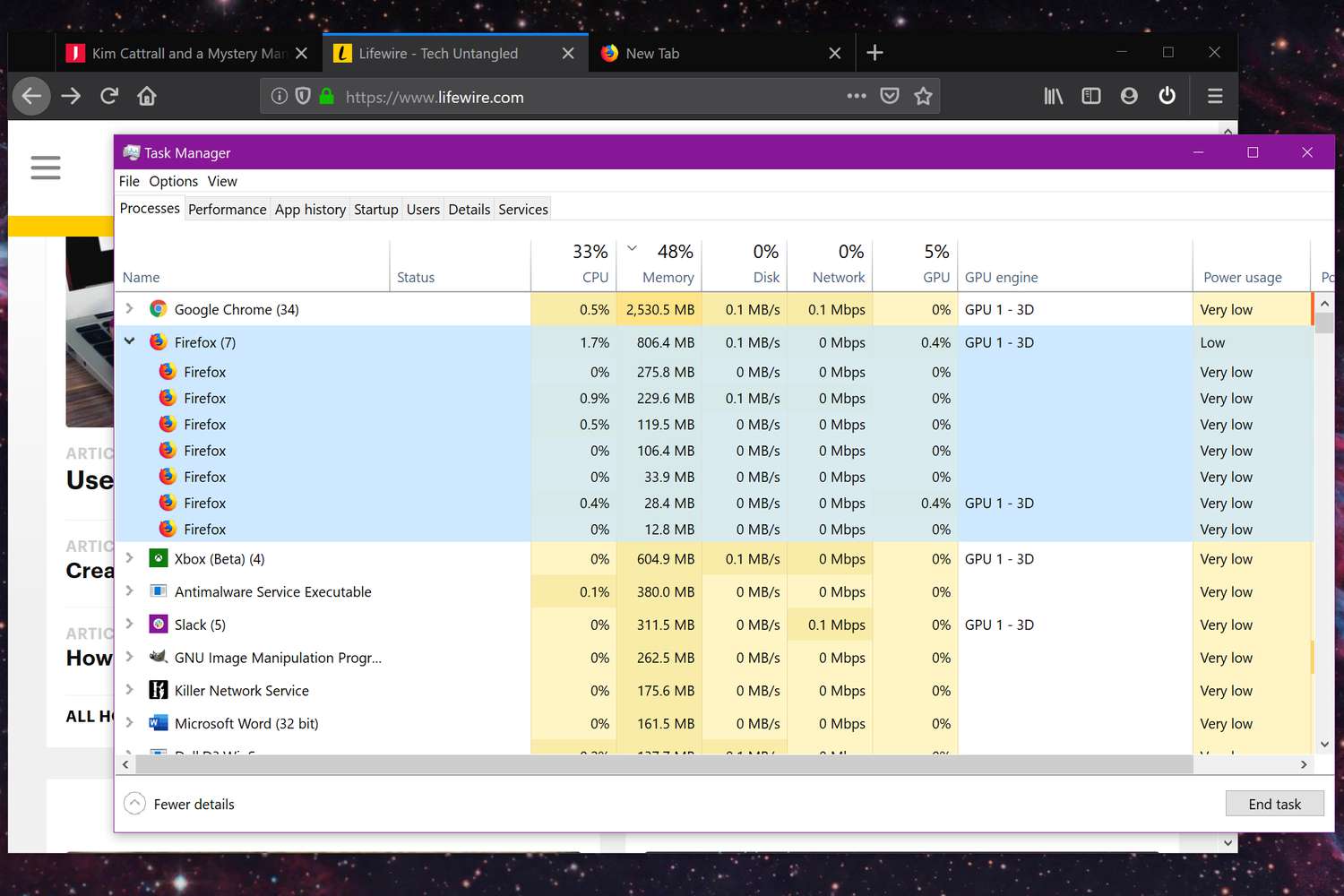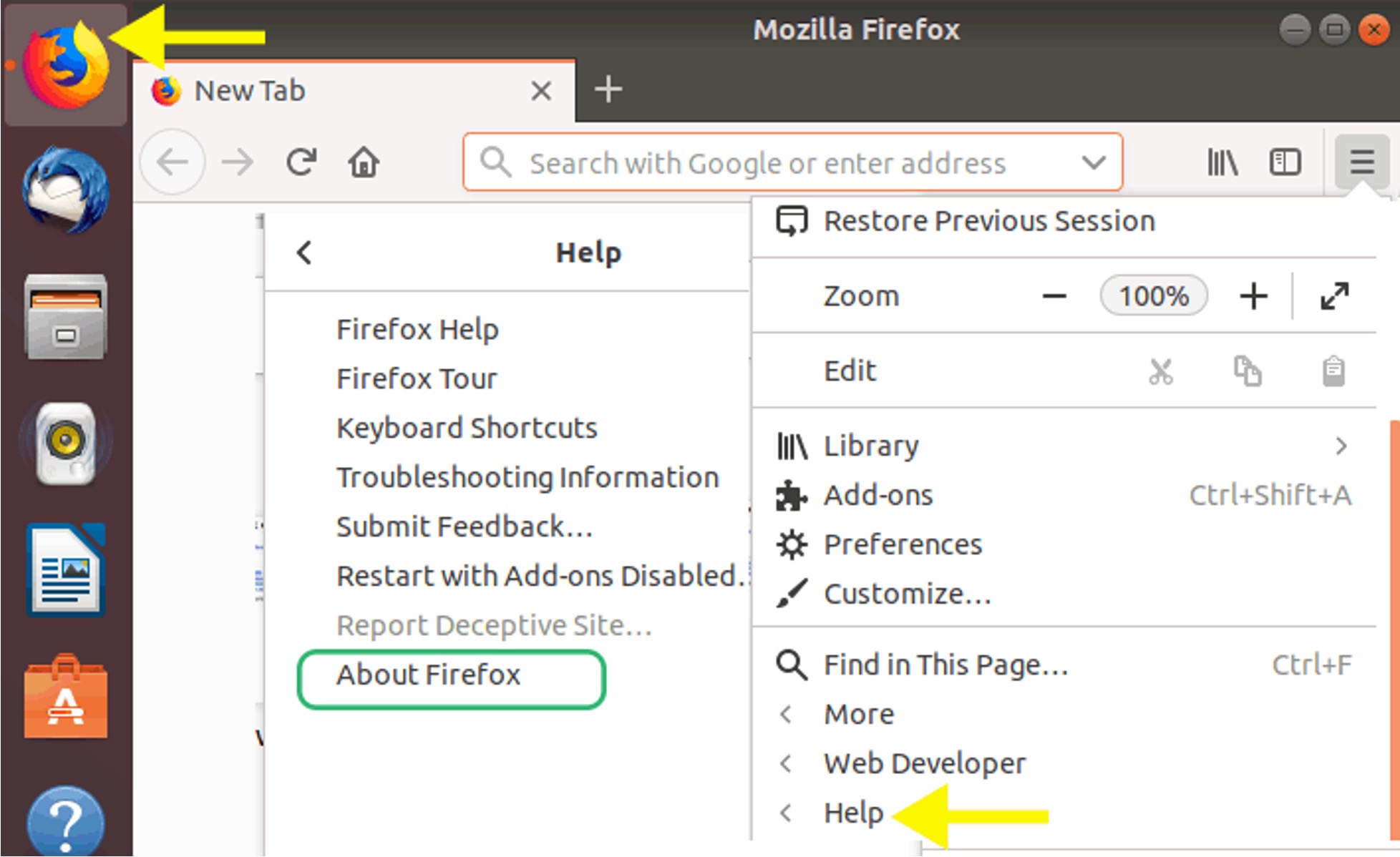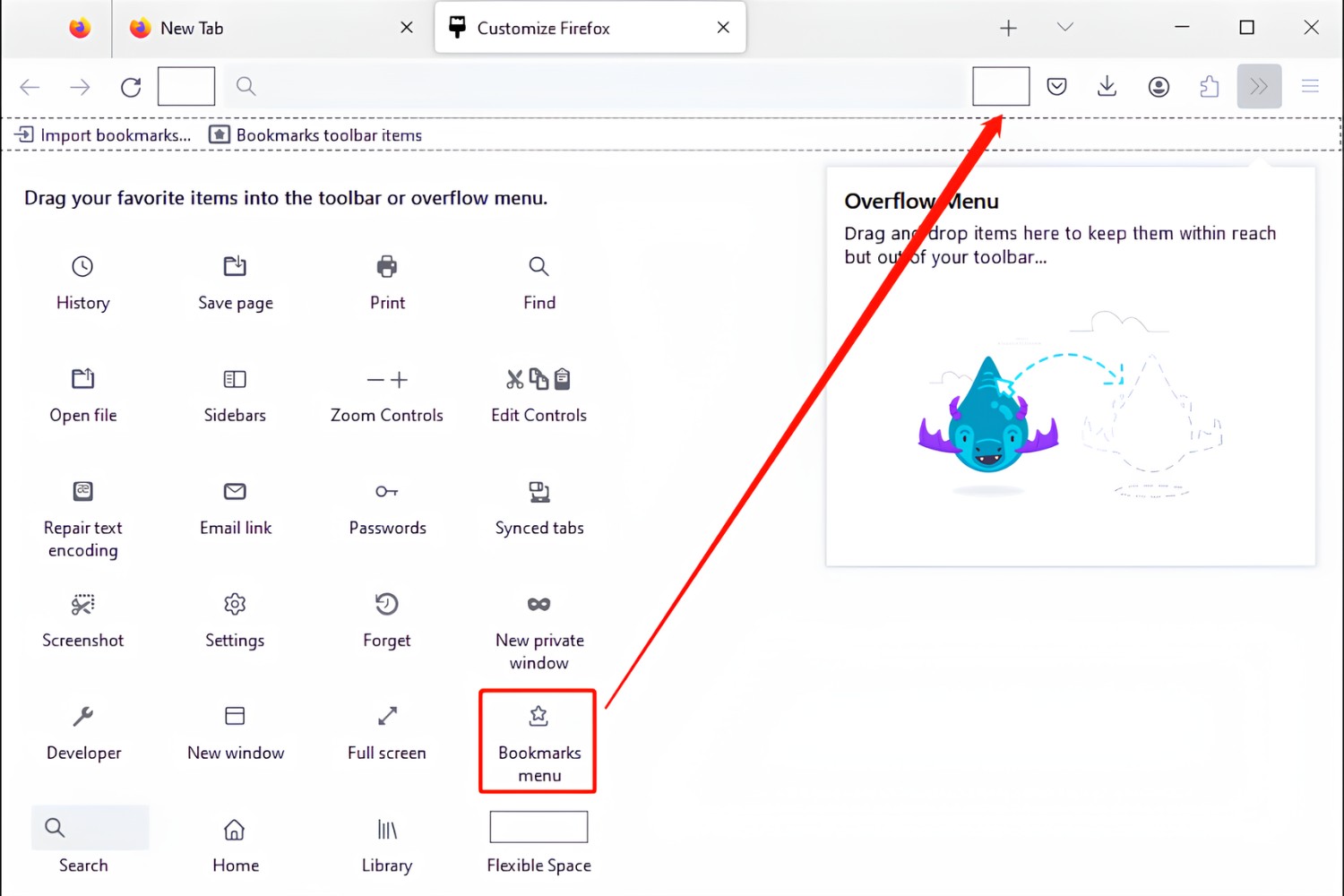Introduction
Installing multiple versions of Firefox on a Windows computer can be a game-changer for web developers, testers, and anyone who wants to explore different features and functionalities across various browser versions. This comprehensive guide will walk you through the process of setting up and managing multiple versions of Firefox on your Windows system. By following these steps, you can seamlessly switch between different Firefox versions to ensure compatibility and performance of web applications and extensions.
Whether you are a developer seeking to test your website's compatibility across different browser versions or a user interested in exploring new features without compromising your existing setup, having multiple versions of Firefox at your disposal can be incredibly beneficial. This guide will empower you to harness the full potential of Firefox's versatility and flexibility, allowing you to navigate the web with ease and confidence.
By the end of this tutorial, you will have a clear understanding of how to download, install, and manage multiple versions of Firefox on your Windows machine. This knowledge will enable you to leverage the unique capabilities of each Firefox version, ensuring a seamless browsing experience tailored to your specific needs and preferences.
So, let's dive into the exciting world of multiple Firefox versions and discover how you can enhance your browsing experience by harnessing the power of versatility and customization. Whether you're a tech enthusiast, a web developer, or simply someone who loves to explore new possibilities, this guide will equip you with the tools and knowledge to make the most of Firefox's diverse ecosystem.
Step 1: Downloading Multiple Versions of Firefox
To begin the journey of installing multiple versions of Firefox on your Windows system, the first step is to acquire the necessary installation files for the desired Firefox versions. This process involves obtaining the specific installer packages for each version of Firefox that you intend to install. Here's a detailed walkthrough of how to download multiple versions of Firefox:
-
Identify the Desired Firefox Versions: Before downloading the installation files, it's essential to identify the specific versions of Firefox that you wish to install. Whether you're interested in the latest stable release, beta versions, or older iterations for compatibility testing, Firefox provides a comprehensive archive of past releases on their official website.
-
Access the Firefox Archive: Navigate to the official Mozilla Firefox website and locate the "Firefox All Versions" archive. This archive contains a complete collection of past and present Firefox releases, allowing you to select and download the desired versions.
-
Select the Versions: Within the Firefox archive, browse through the list of available versions and select the specific releases that you want to install. Whether you're looking for a particular release date, version number, or platform-specific build, the archive provides a user-friendly interface for selecting and accessing the desired installer packages.
-
Download the Installer Packages: Once you've identified the versions you wish to install, proceed to download the corresponding installer packages. Ensure that you select the appropriate Windows-compatible installers for each version, as Firefox offers different builds for various operating systems.
-
Organize the Installation Files: As you download the installer packages for multiple Firefox versions, it's advisable to create a dedicated folder on your computer to store and organize these files. This will streamline the installation process and make it easier to locate the specific installer for each version when proceeding with the installation steps.
By following these steps, you can successfully download multiple versions of Firefox, equipping yourself with a diverse array of browser iterations to cater to your testing, development, and exploration needs. With the installation files at your disposal, you're now ready to embark on the next phase of the process: installing multiple versions of Firefox on your Windows system.
Step 2: Installing Multiple Versions of Firefox
With the installation files for multiple versions of Firefox securely stored on your Windows system, the next crucial step is to proceed with the installation process. Installing multiple versions of Firefox requires careful attention to ensure that each version is set up independently, allowing for seamless coexistence and effortless switching between different browser iterations. Here's a comprehensive guide on how to install multiple versions of Firefox on your Windows machine:
-
Launch the Installer: Begin by locating the installer package for the first version of Firefox that you intend to install. Double-click on the installer file to initiate the installation process. This will launch the Firefox setup wizard, guiding you through the necessary steps to install the selected version.
-
Customize Installation Settings: During the setup process, you may encounter options to customize the installation settings. Depending on the Firefox version, you might have the opportunity to select installation preferences such as the installation directory, shortcuts, and default browser settings. Ensure that you review and adjust these settings according to your preferences.
-
Complete the Installation: Follow the on-screen prompts provided by the Firefox setup wizard to complete the installation of the first version of Firefox. Once the installation process is finalized, you will have successfully installed the selected version on your Windows system.
-
Repeat for Additional Versions: After successfully installing the first version of Firefox, repeat the installation process for each additional version that you downloaded. Launch the corresponding installer package for each version, customize the installation settings as desired, and complete the installation to add the respective Firefox iterations to your Windows environment.
-
Organize Installed Versions: As you install multiple versions of Firefox, it's essential to keep track of the installed iterations. Consider creating dedicated shortcuts or organizing the installation directories to differentiate between the various Firefox versions. This will facilitate easy access and management of the installed browser iterations.
By meticulously following these steps, you can effectively install multiple versions of Firefox on your Windows system, creating a versatile environment that accommodates diverse browser iterations. This approach empowers you to explore, test, and utilize different Firefox versions without any interference, ensuring a seamless and tailored browsing experience across various web applications and extensions.
With the installation process successfully completed, you are now ready to delve into the next phase: managing multiple versions of Firefox on your Windows machine. This entails mastering the art of seamlessly switching between different browser iterations and optimizing your browsing experience to align with your specific needs and preferences. Let's embark on this exciting journey of managing multiple Firefox versions to unlock the full potential of Firefox's diverse ecosystem.
Step 3: Managing Multiple Versions of Firefox
Once you have successfully installed multiple versions of Firefox on your Windows system, the next crucial aspect is mastering the art of managing these diverse browser iterations. Effective management of multiple Firefox versions enables seamless switching between different browser environments, ensuring optimal compatibility testing, feature exploration, and personalized browsing experiences. Here's a detailed exploration of how to manage multiple versions of Firefox on your Windows machine:
Utilizing Profile Manager:
Firefox offers a powerful tool known as the Profile Manager, which allows you to create and manage multiple user profiles, each associated with a specific Firefox installation. By leveraging the Profile Manager, you can maintain separate profiles for each installed Firefox version, effectively segregating preferences, extensions, and browsing data. This enables you to switch between different Firefox versions with ease, ensuring that each profile retains its unique settings and configurations.
Customizing Shortcuts and Launch Options:
To streamline the process of accessing different Firefox versions, consider customizing shortcuts and launch options for each installed iteration. By creating distinct shortcuts for individual Firefox versions, you can directly launch the desired version without navigating through complex menus. Additionally, exploring launch options such as command-line parameters can provide advanced control over how each Firefox version initializes, catering to specific testing and development requirements.
Leveraging Portable Installations:
Another effective approach to managing multiple Firefox versions involves utilizing portable installations. Portable versions of Firefox can be stored in separate directories, allowing you to maintain distinct browser environments without interference. This approach is particularly beneficial for testing and experimentation, as it ensures complete isolation of each Firefox iteration, minimizing the risk of conflicts and compatibility issues.
Employing Extension Compatibility Tools:
For developers and testers, ensuring extension compatibility across different Firefox versions is paramount. Leveraging extension compatibility tools and add-ons can streamline the process of verifying extension functionality across diverse browser iterations. These tools provide insights into extension compatibility, enabling you to identify and address any compatibility issues that may arise when using extensions across multiple Firefox versions.
Version-Specific Testing and Development:
By managing multiple Firefox versions effectively, you gain the ability to conduct version-specific testing and development. This involves leveraging the unique features and functionalities of each Firefox iteration to assess website compatibility, performance optimizations, and extension behavior. Through meticulous version-specific testing, you can tailor your web development and testing strategies to align with the nuances of each Firefox version, ensuring comprehensive coverage and robust application performance.
By implementing these management strategies, you can harness the full potential of multiple Firefox versions, empowering you to navigate the web with precision, flexibility, and confidence. Whether you're a developer seeking to fine-tune website compatibility or an enthusiast exploring the diverse capabilities of Firefox, effective management of multiple browser iterations opens up a world of possibilities, allowing you to tailor your browsing experience to your exact specifications.

























